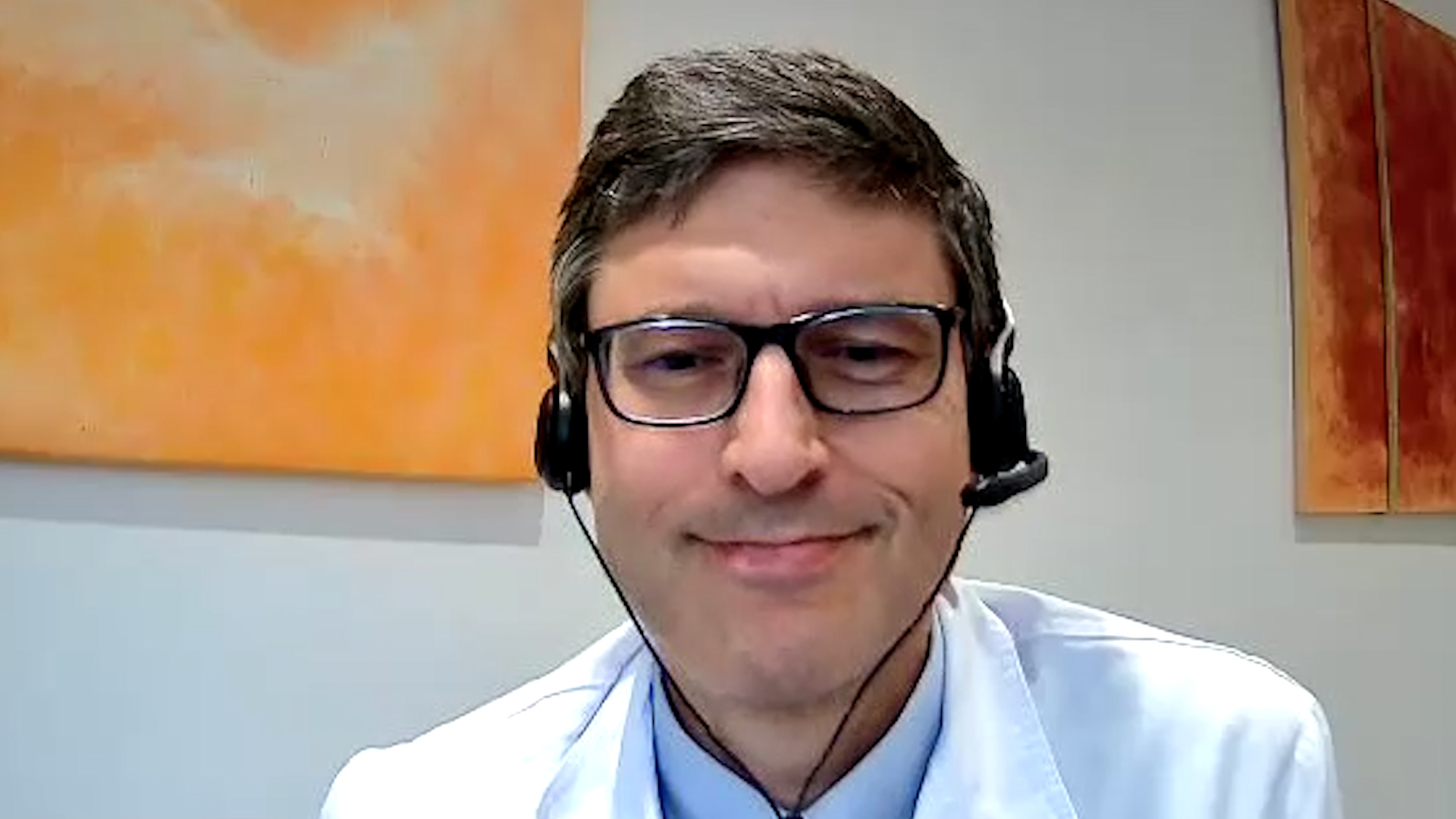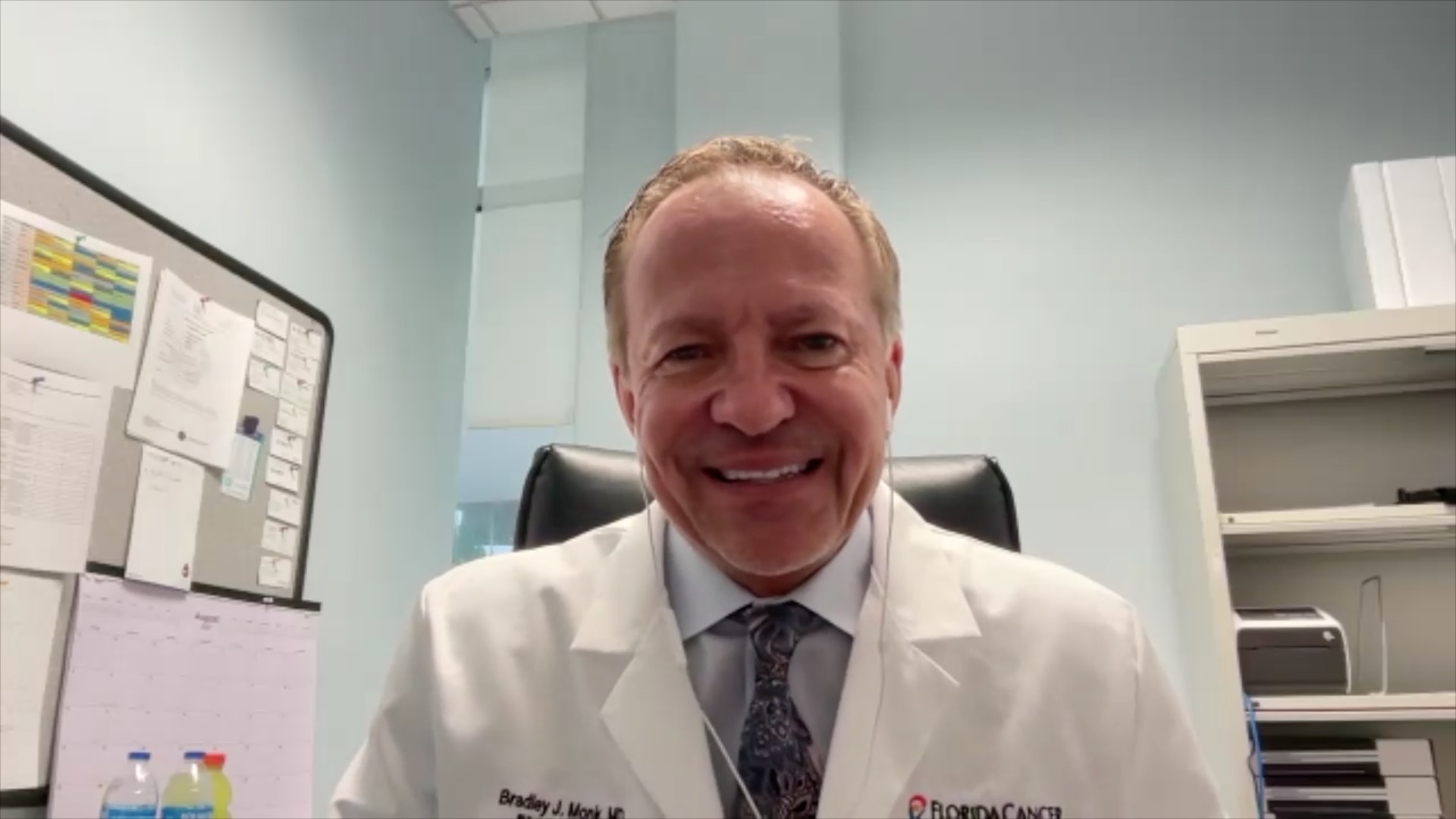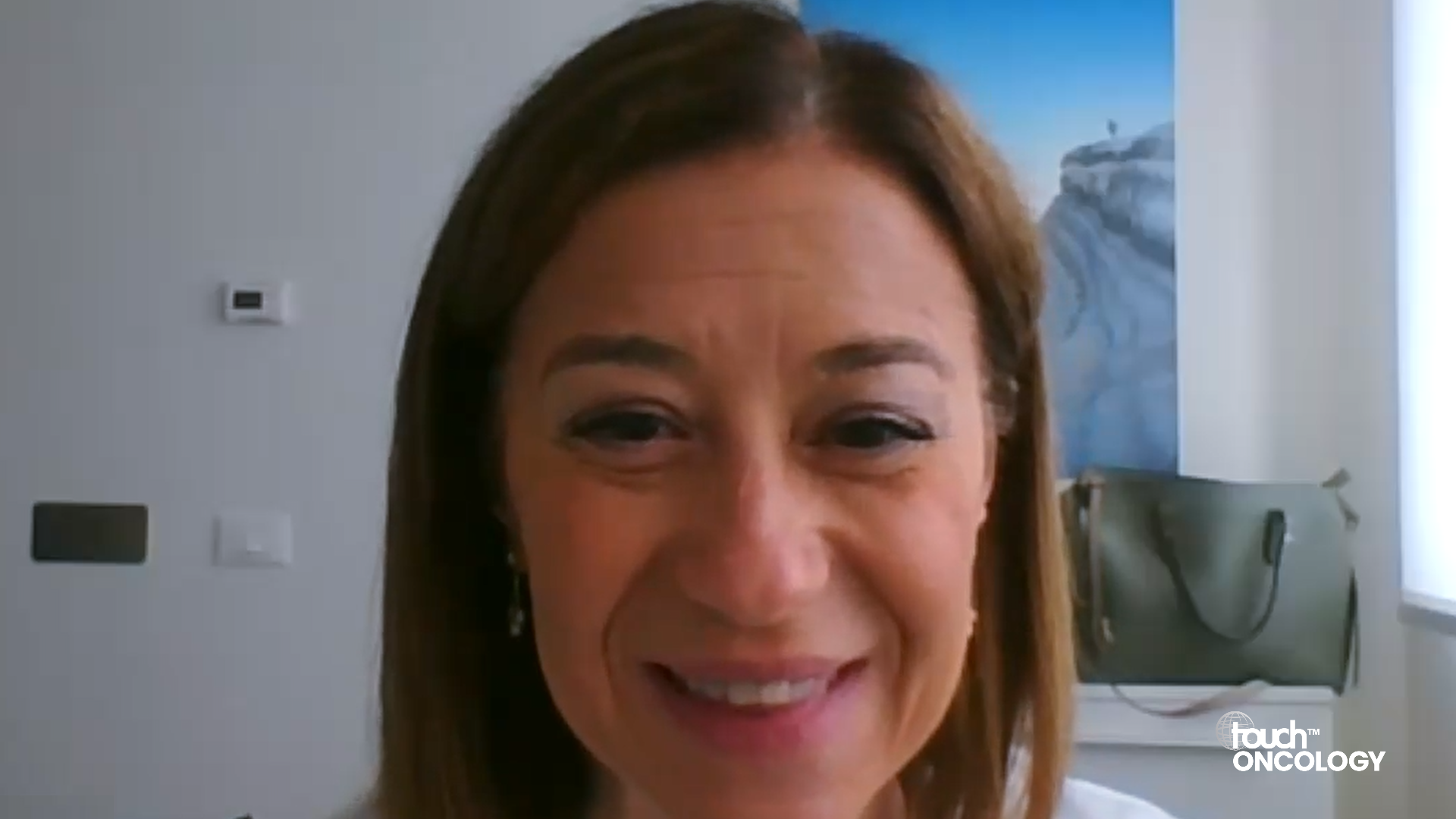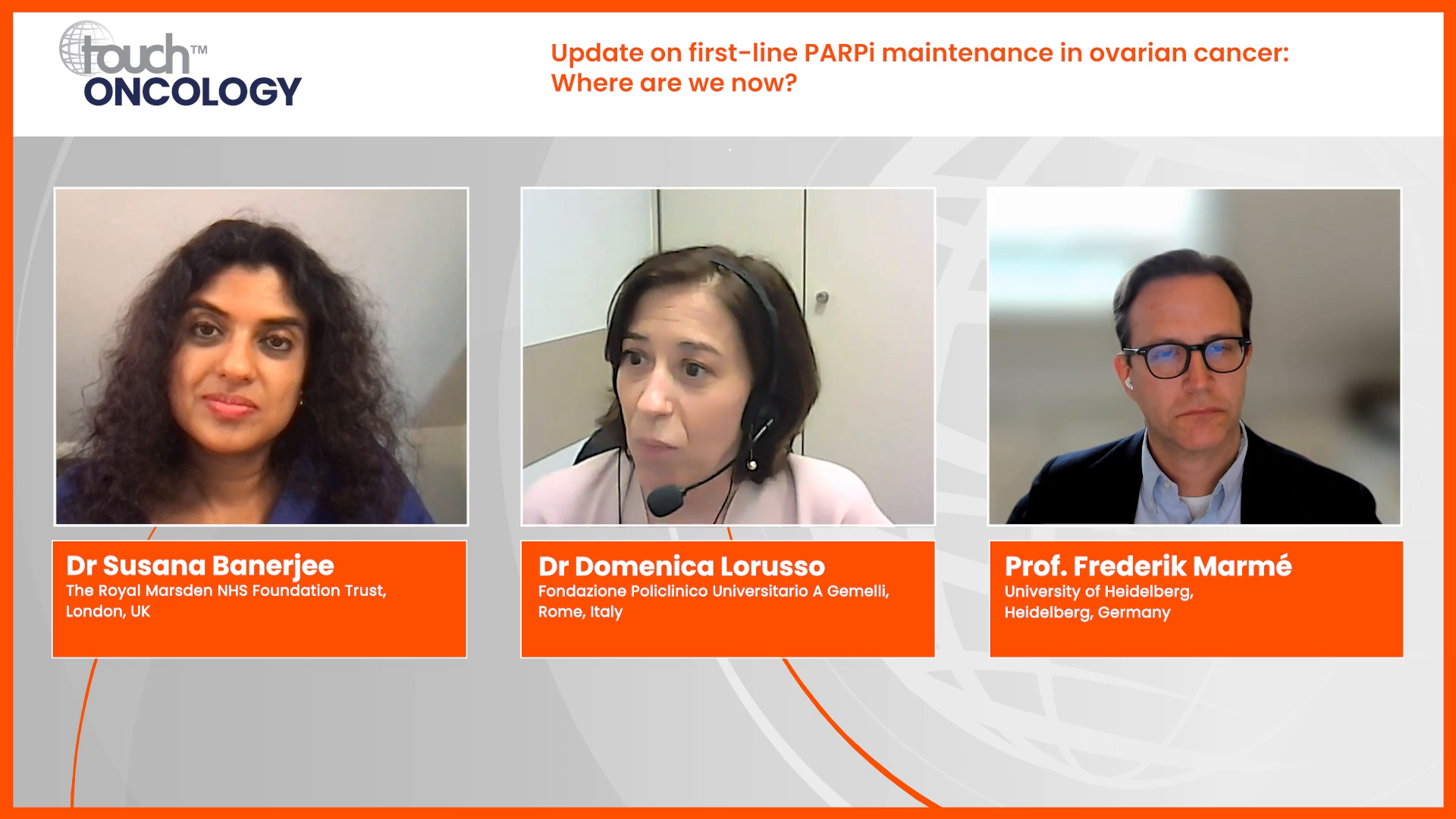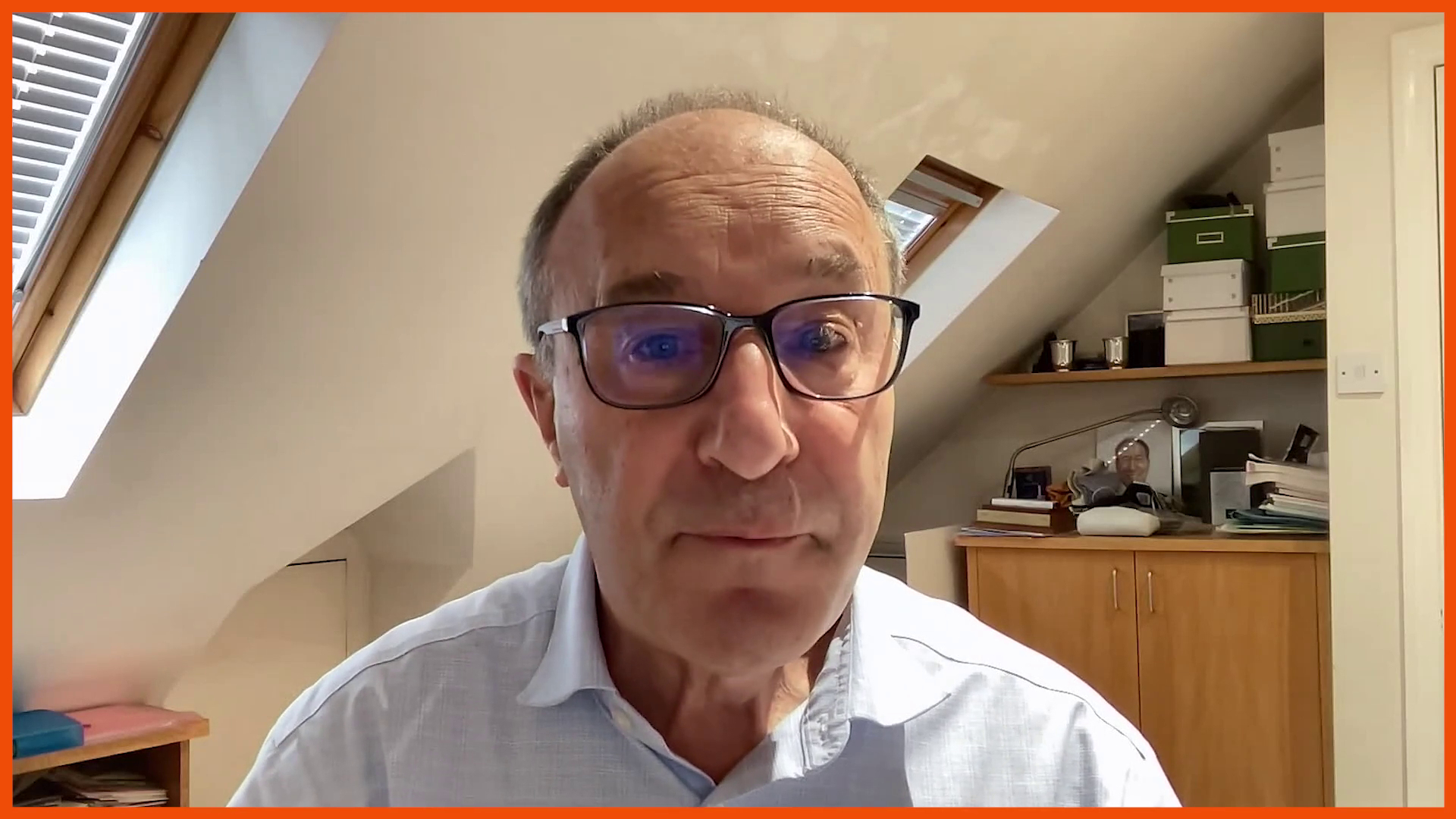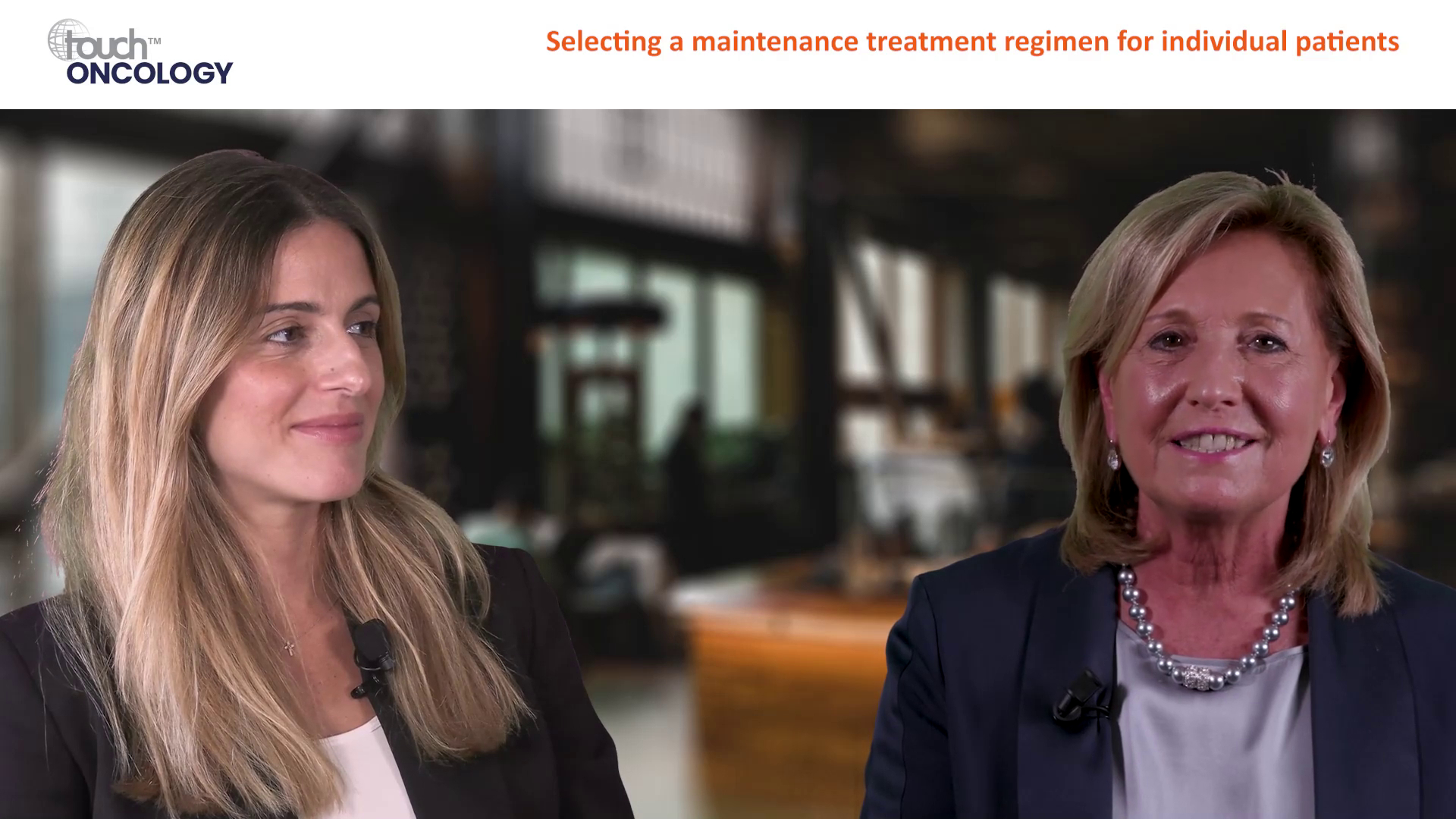Ovarian Cancer
An Introduction to Ovarian Cancer
Before 2016 the prognosis for patients with ovarian cancer was poor, and treatment options were limited. However, the introduction of bevacizumab followed by PARP inhibitors transformed outcomes in patients with BRCA1/2 mutation. Anti-angiogenic agents, immuno-oncology agents, combinations of these agents and hyperthermic intraperitoneal chemotherapy are currently being investigated and show promise for the future.
Expert video highlights and insights from the conference hub and comprehensive peer-reviewed articles from our journal portfolio provide updates on the ever-changing landscape.





